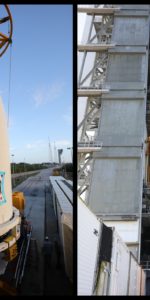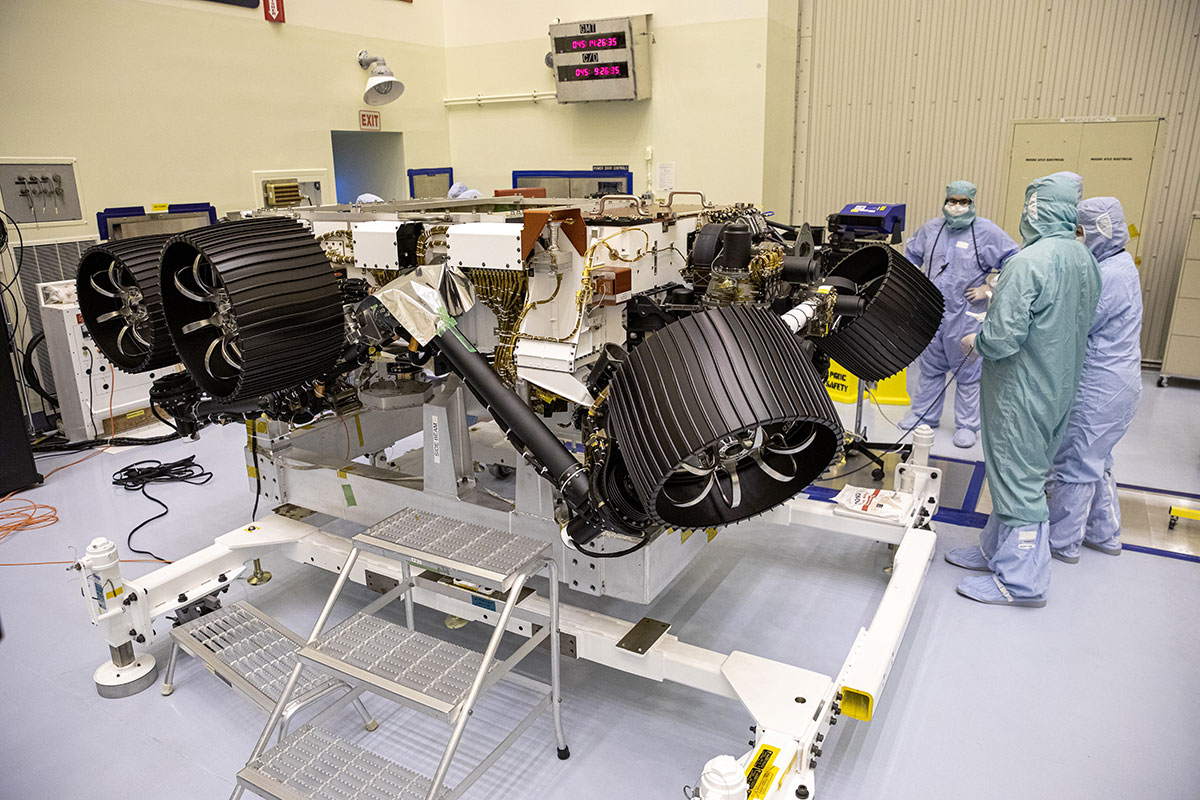
NASA’s Perseverance rover just reached big another milestone in its preparations for launch to Mars this summer. Key components of the rover’s sample handling system have now been installed. This system will help acquire and contain rock and soil samples obtained by the rover, which will be stored for eventual return to Earth.
The two components – the Adaptive Caching Assembly and the Bit Carousel – were integrated into the rover last week. The electrical wiring for both the Adaptive Caching Assembly and Bit Carousel were installed and tested on March 11, 2020.
Of the two components, the Adaptive Caching Assembly was added first, on March 3. This is a complex bit of machinery, with over 3,000 parts and seven motors. Part of this assembly is the Sample Handling Arm, which will be used to move sample tubes to the arm’s coring drill. The drill will take samples from inside martian rocks, looking for evidence of past microbial life. Such delicate chemical signatures, and other organics, could be preserved and protected inside rocks. When the tubes are filled, they will then be moved into another space to be sealed and stored.
The Bit Carousel was attached to the top of the rover on March 7. This carousel resembles a flying saucer and contains nine drill bits for the drill. It also serves as a gateway for the samples to be moved into the “belly” of the rover, where they will be assessed and processed by the Adaptive Caching System.
“With the addition of the Adaptive Caching Assembly and Bit Carousel, the heart of our sample collection system is now on board the rover,” said Matt Wallace, deputy project manager of the Mars 2020 mission at JPL. “Our final but most crucial elements to install will be the sample tubes that will contain the first samples that will be brought from another planet back to Earth for analysis. We will keep these pristine until we integrate them in a couple of months.”
The samples obtained by Perseverance are crucial in its $2.6 billion mission to search for evidence of possible past life on Mars, at least microbial. Like with Curiosity, those samples will be analyzed in the rover’s onboard laboratory, but, unlike Curiosity, will also be stored for return to Earth at a later date, for much more comprehensive study.
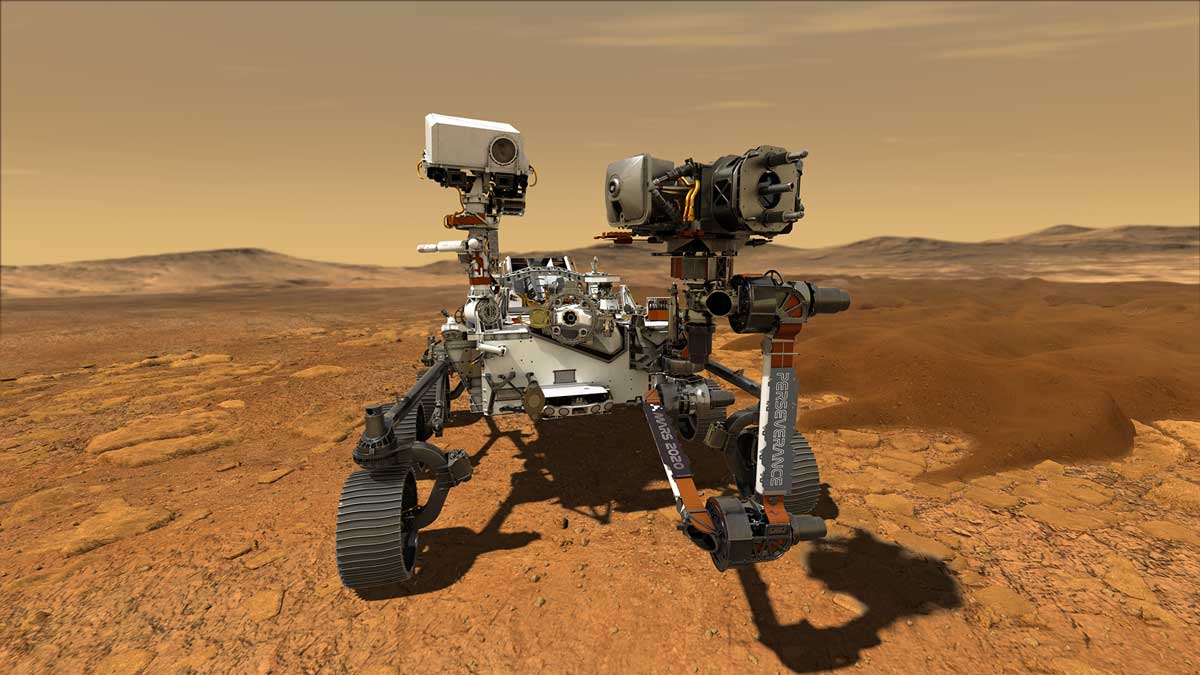
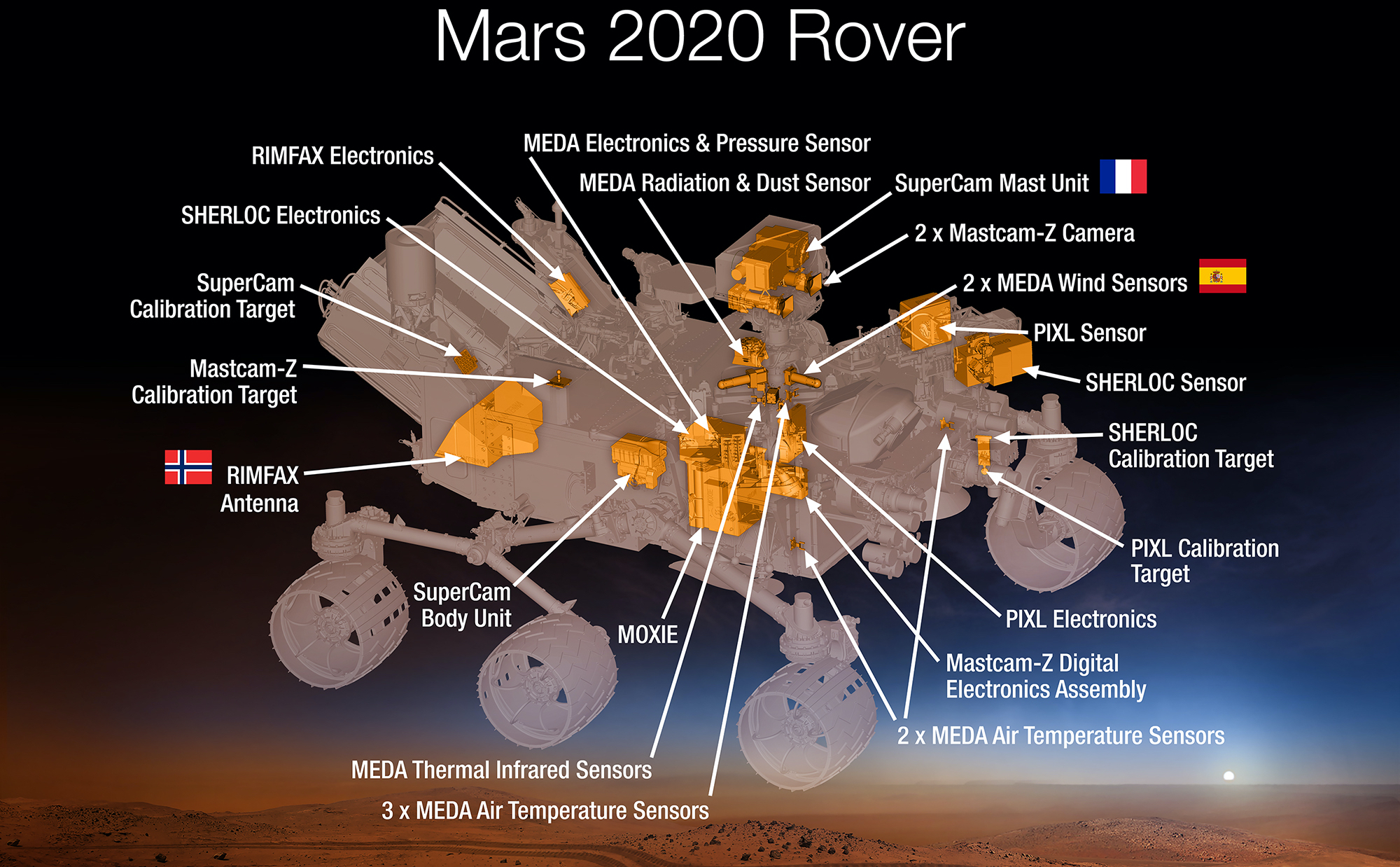
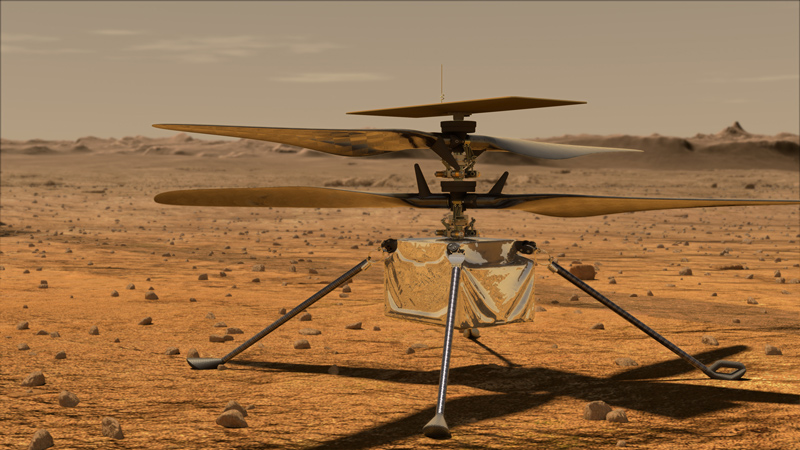
The launch window for Perseverance opens on July 17 and extends through August 5, when Earth and Mars are in the proper positions to support a direct interplanetary flight, launching from Cape Canaveral Air Force Station in Florida atop a ULA workhorse Atlas V ‘541’ rocket, equipped with four strap-on solid rocket boosters same as when the Curiosity rover was launched in 2012.
Perseverance will land in Jezero Crater just after 3:40 p.m. EST (12:40 p.m. PST) on Feb. 18, 2021. This crater once held a lake a few billion years ago, about the same size as Lake Tahoe, and contains clays and an ancient delta where a river once emptied into the lake. This makes it a prime location to search for past microbial life.
Perseverance is also taking the first-ever “helicopter” to Mars, a drone-like quadcopter that will serve as a scout for the rover, looking for interesting targets to travel to.
The name Perseverance was chosen in a nationwide contest earlier this month. Previously, the rover was simply called Mars 2020 Rover. Perseverance also now has its own nameplate attached to its robotic arm.
The laser-etched titanium plate weighs 104 grams (3.7 ounces) and measures 17 inches long by 3.25 inches wide (43 centimeters long by 8.26 centimeters wide).
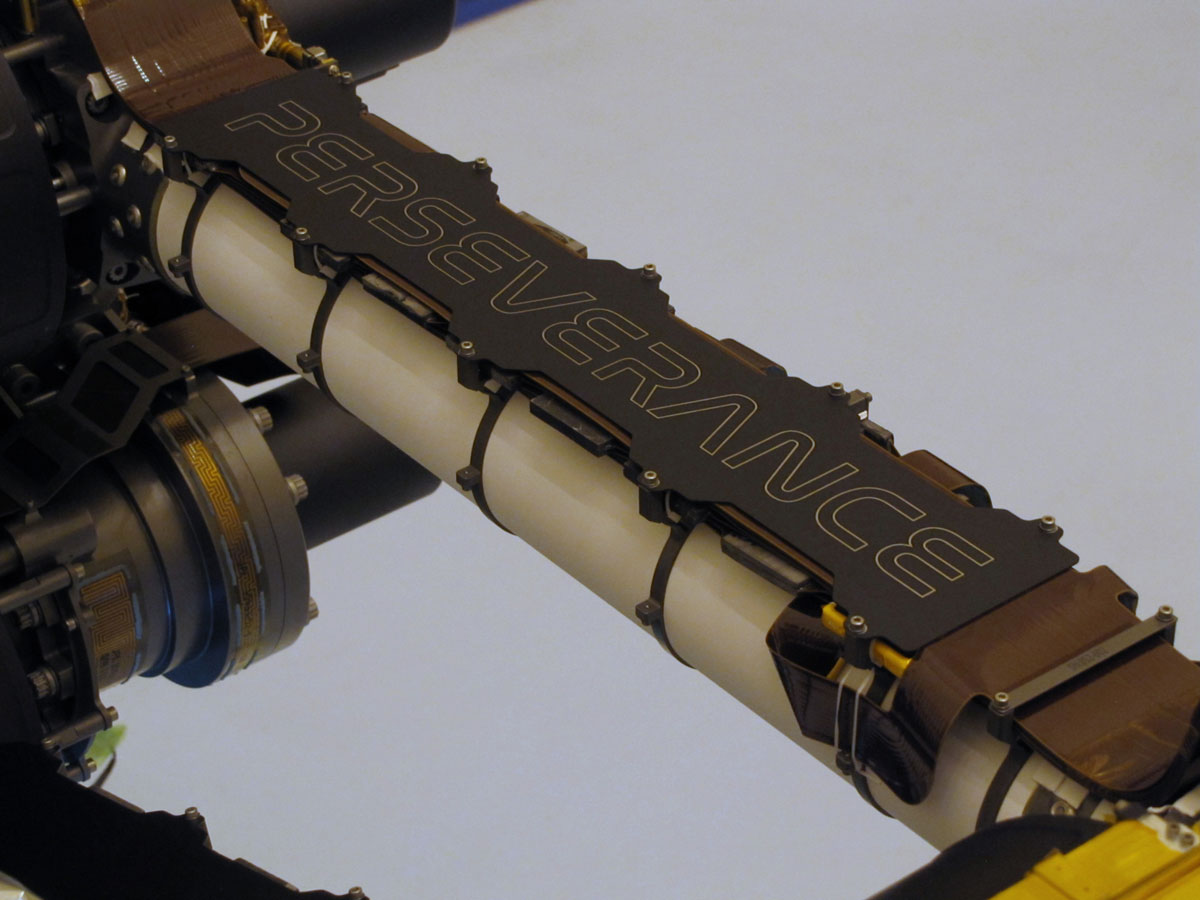
“Alex’s entry captured the spirit of exploration,” said Thomas Zurbuchen, associate administrator of the Science Mission Directorate. “Like every exploration mission before, our rover is going to face challenges, and it’s going to make amazing discoveries. It’s already surmounted many obstacles to get us to the point where we are today — processing for launch. Alex and his classmates are the Artemis Generation, and they’re going to be taking the next steps into space that lead to Mars. That inspiring work will always require perseverance. We can’t wait to see that nameplate on Mars.”
Elsewhere on Mars, the mission team for the InSight lander is finally having some success again in trying to fix the problem with the heat probe called the mole. The technique of using the robotic arm to more forcefully push the mole deeper into the ground seems to be working so far. Hopefully there will be a more formal update on this soon.
InSight has helped revolutionize our understanding of the interior of Mars, providing new evidence for marsquakes, a much stronger magnetic field than previously thought and – possibly – even a subsurface layer of water.
The Curiosity rover also recently took its highest-resolution panorama yet of the landscape surrounding its current location in Gale Crater. Like Jezero Crater, Gale was once a lake with rivers or streams feeding into it.
Curiosity has also found tantalizing clues, including organics and methane, that may be evidence for martian life, but more study is needed, and Curiosity is designed to focus more on geology and past habitable environments rather than looking for life itself.
For this reason, Perseverance is a bold mission, the first one since the Viking landers in the 1970s/1980s that will directly seek evidence of life – at least ancient microbial life – on Mars. What surprises are waiting to be found?
More information about Perseverance is available on the mission website.
.
.
Follow AmericaSpace on Facebook or Twitter!
.
.





